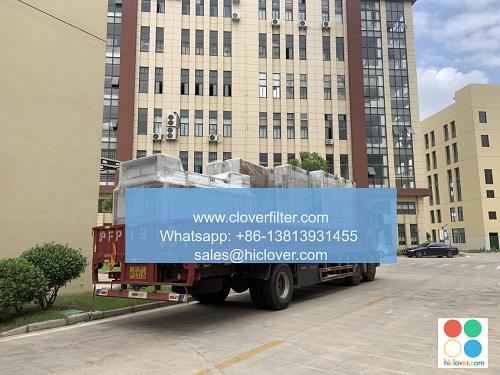Air Filter Standards in the Automotive Industry

The automotive industry has witnessed significant advancements in recent years, with a growing emphasis on emission control, fuel efficiency, and engine performance. One crucial component that plays a vital role in achieving these goals is the air filter. In this article, we will delve into the world of air filter standards in the automotive industry, exploring the various application areas, testing protocols, and regulatory requirements that govern the development and implementation of these critical components.
Introduction to Air Filter Standards
Air filters are designed to capture particulate matter, pollutants, and contaminants from the air, ensuring that only clean air enters the engine and cabin of a vehicle. The automotive industry has established various air filter standards to ensure that these components meet specific performance criteria, such as filtration efficiency, pressure drop, and durability. These standards are crucial in maintaining engine performance, fuel efficiency, and emission control, while also ensuring occupant comfort and safety.
Application Areas for Air Filters
Air filters are used in various application areas within the automotive industry, including:
* Engine air filtration: capturing particulate matter and contaminants from the air to ensure engine performance and longevity
* Cabin air filtration: removing pollutants and odors from the air to maintain occupant comfort and health
* Induction air filtration: filtering the air that enters the engine to optimize performance and efficiency
* Compressed air filtration: removing moisture and contaminants from compressed air systems to prevent equipment damage and downtime
Testing Protocols and Regulatory Requirements
The automotive industry has established various testing protocols and regulatory requirements to ensure that air filters meet specific performance criteria. Some of the key standards and regulations include:
* ISO 5011: a standard for engine air filters that specifies filtration efficiency and pressure drop requirements
* SAE J2562: a standard for cabin air filters that specifies filtration efficiency and odor removal requirements
* EPA regulations: regulations that govern emission control and fuel efficiency standards for vehicles
Conclusion
In conclusion, air filter standards play a critical role in the automotive industry, ensuring that vehicles meet specific performance criteria while maintaining occupant comfort and safety. The various application areas, testing protocols, and regulatory requirements that govern the development and implementation of air filters are essential in achieving these goals. As the automotive industry continues to evolve, it is likely that air filter standards will become even more stringent, driving innovation and advancements in air filtration technology. Prompt

